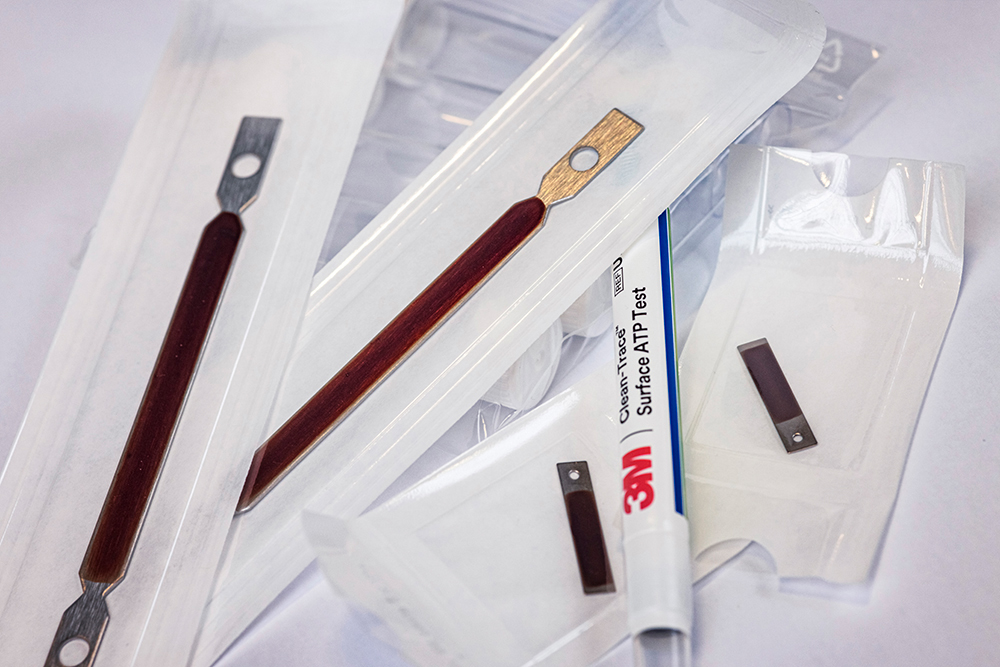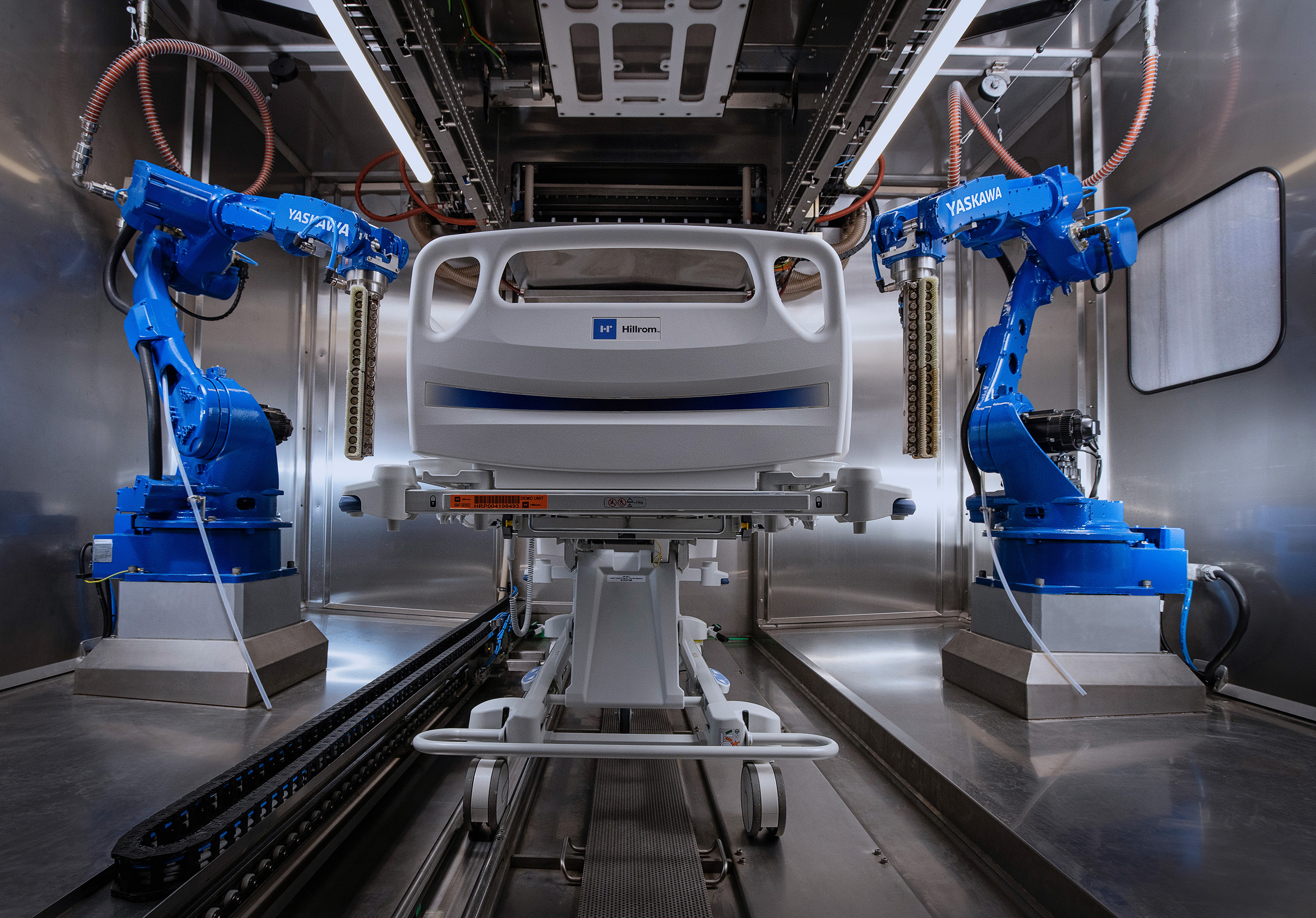Hospitals have the responsibility to provide the best care in the safest possible environment. An important pillar when it comes to providing the safest environment is patient safety involving infection prevention.
According to the World Health Organisation (WHO), more than 4 million patients in Europe contract an infection in hospital each year, resulting in 16 million additional days in hospital. That while hospital-related infections can be prevented, for example through better hygiene and control programs. Robot technology can play an important role in this.
Infectious diseases are becoming increasingly difficult to control: more and more micro-organisms are circulating that are resistant to almost all types of antibiotics. Hospital patients are particularly vulnerable. The WHO estimates that 37,000 patients die each year in Europe resulting from infections they contract in hospitals. The annual economic impact of hospital infections in Europe is estimated at around €7 billion. “A world free of infections is unrealistic, but we can stop the spread as much as possible”, wrote the Dutch former Minister of Health Edith Schippers, as early as 2016 already. The key lies in improved hygiene measures. For example, the WHO recently reiterated the importance of good hand hygiene and control programs for infection prevention.


In order to reduce the risk of infections, the basic hygiene in a hospital must first be in order. An important part of this is the approach a hospital has when it comes to cleaning. In the Netherlands, the Healthcare Inspectorate visited 48 hospitals in 2017. The overall process of cleaning and disinfection was assessed as insufficient or moderate in 21 hospitals. Shortcomings included an unclear explanation of the cleaning method by the cleaning staff and a lack of visibility into the cleaning services carried out. The Inspectorate advised infection prevention experts to prepare for maintaining the quality of the cleaning and disinfection process in hospitals.
The quality of cleaning and disinfecting beds, mattresses and medical devices in a hospital can be guaranteed by automating and implementing robotised cleaning processes. Operations that are carried out manually always depend on the individual employee, but automated processes are of consistent quality and therefore easier to validate. Automation and robotic technology in particular are playing an increasingly important role in providing the best care in the safest environment. For example, by using precision robots for the automated cleaning and disinfection of hospital beds.
In addition, robot technology can play an important role in the global battle against the shortage of human resources in healthcare. In Europe, the shortage of staff has now risen to around 1 million healthcare workers. Labour-saving robot technology can be a solution to the shortage of ‘hands’ in healthcare.
According to the WHO guidelines, mechanical cleaning of hospital beds is preferable to manual cleaning. The cleaner a hospital bed, the lower the risk of spreading microorganisms and the risk of transmitting an infection. Weber Hospital Systems' VDS (Validated Disinfection System) cleans and disinfects hospital beds using steam and precision robots, ensuring consistent quality in the cleaning process. Would you like to find out more?